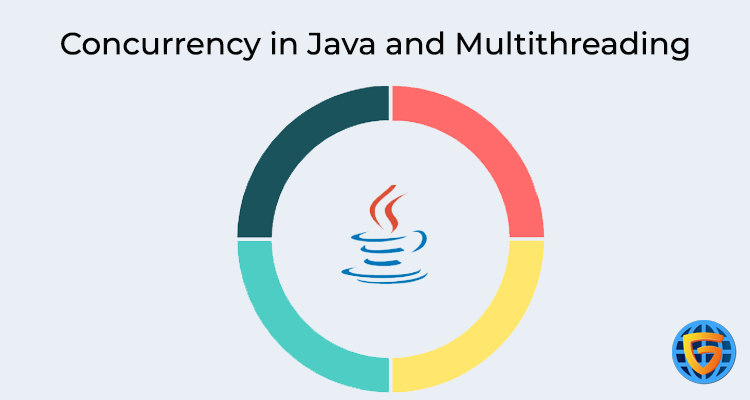Concurrency in Java refers to a group of terms that revolve around multithreading, parallelism, and concurrent programming techniques. It consists of not only programming theory and coding, but also competitive tools. Let us look at what concurrency means in Java, the benefits, and the concepts and tools of multithreading.
GICSEH, Noida's Best , is a classroom-based training program that helps students find solutions to more complex software problems. GICSEH provides thorough knowledge of Java programming through its customized Java training course module, prepared by highly experienced industry experts to meet growing business needs. Moreover, GICSEH provides a very convenient and cost-effective way to discipline learning and motivation, so most people who have completed GICSEH Java training in Noida report professional or educational as well as tangible advantages including placement in prestigious companies.

What is Multithreading in Java?
The term multithreading in Java refers to the fact that multiple threads loosely view it as a processor or a processor running separate sections of code in the same application at exactly the same time. Let's say we roughly take a look at it since a thread is technically not a CPU or a processor. In fact, maybe a better way to think about multithreading is to discuss how regular programs work.
In a normal application, a processor will run multiple threads of a program at different times, alternating between each thread as needed Each thread, in this scenario, must wait its turn online for the resources to become available for running or execution. This is true if you have one or more CPUs.
Advantages of Multithreading in Java
Multithreading in Java has many advantages, many of which relate to resource usage and application performance. These benefits apply whether you have one or more processors.
For beginners, if you've worked on a single processor earlier, your applications might use CPU resources better. For example, if a thread is online and waiting for a response from a network, another thread can, in turn, access the processor and use it for other purposes instead of waiting for it to open.
Multithreading also improves performance, as you can imagine. Instead of having a bottleneck of threads waiting for available resources (and therefore longer waiting times for the user), the organization of threads to prioritize functions within the application makes the software flow smoother.
Multithreading implies that all threaded processes share the same resources, such as data, files, memory, etc. Therefore, if one part of the program is suspended, another part can run at the same time. A good example would be a game that must load images and sounds. Instead of waiting for the images to load, the game can load the sounds at the same time as it waits for the images to load first.
Other advantages of Java multithreading:
• Reduction of development time
• Simplified code
• Activities are performed concurrently and simultaneously, in parallel
• Reduced maintenance costs
• Maximum use of resources
• Improved user experience and application responsiveness
Life Cycle of Thread and States in Java
Java threads have a life cycle composed of one of six states. At any given point in time, a thread can be in one - and only one of these states, which includes:
• New
• Executable
• Blocked pending
• Time_Waiting
• Completed
New threads are threads created but have not yet started. At this point in the life cycle, the thread exists, but none of its code has yet been executed or started.
Executable threads are threads ready to be executed or to begin execution. Threads in this state may be ready to run or even running. For threads that are not yet running (but are ready to be executed), they are just waiting for the resource allocation to occur.
The blocked wires are wires that are not suitable for operation because they wait for a monitor block. These are either blocked or pending. Blocked threads attempt to access a section of code blocked by another thread; pending threads wait for another thread based on some condition. Once the condition is met, the waiting thread is returned to the executable.
Time Waiting threads are threads that have called a method with a called timeout parameter. It must wait for the timeout to expire before it can continue to operate.
Completed threads enter the terminated state when they have been fully executed. They can also become terminated when an error or exception occurs.
Be a JAVA expert with GICSEH. Enroll for Java training in Noidaat GICSEH today.
Join GICSEH today!!